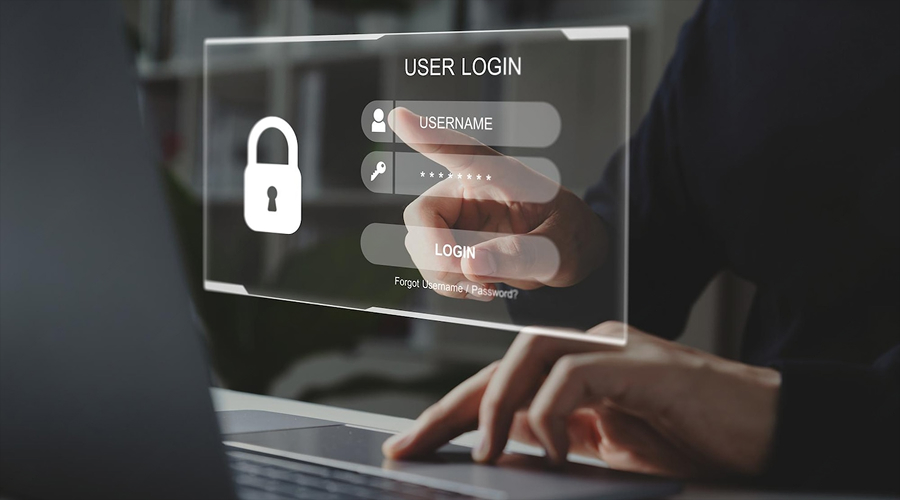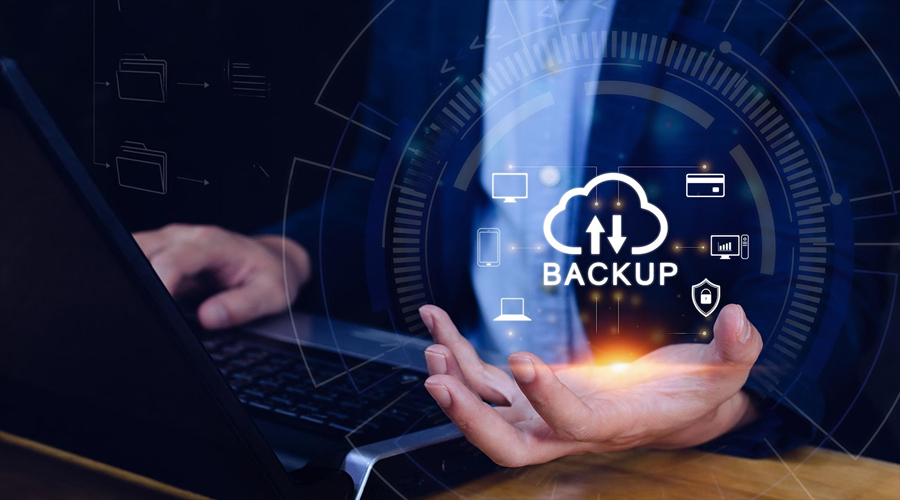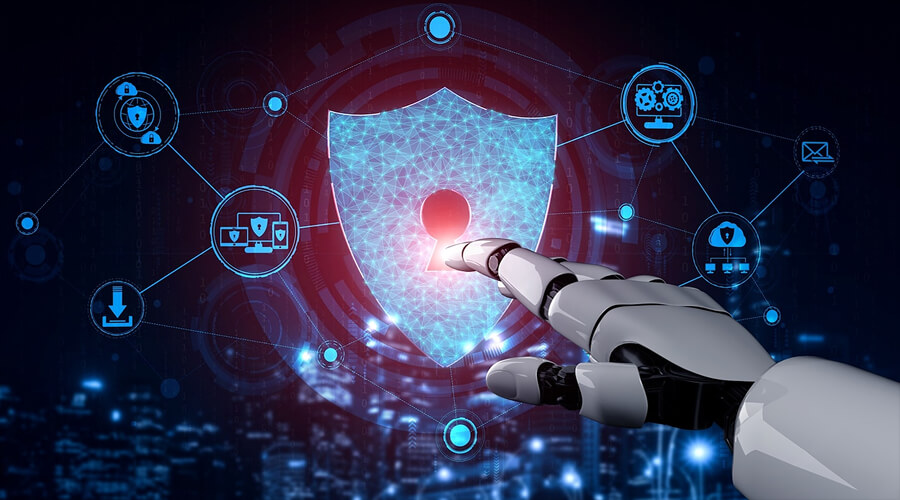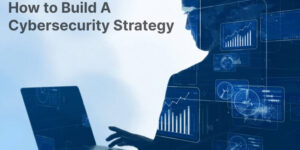
Cybersecurity is not a buzzword anymore; it is survival. Hackers are cleverer, more intelligent, and quicker than ever in 2026. Your online security is a matter of both everyday routines and consciousness, regardless of whether you are a small start-up or a worldwide brand. Here is how a business can remain safe in a world with digital threats.
Every contemporary business is run on technology. And as you add the tools, you open a door, and not all the visitors have good intentions. Cybercriminals do not only attack big corporations in 2026. They also target smaller companies as they are not as well-defended, and they still have value. Even one cyber attack can empty your wallets, destroy customer loyalty, and reputation.
The fact is, you do not need to be technologically advanced to be secure online; you only need to be ready. It is an attitude that each member of the team ought to live by. So, let’s explore some feasible cybersecurity tips that your business should observe in 2026 to be a step ahead.
Stay Secure in 2026: Cybersecurity Tips Every Business Must Follow
1. Make Cybersecurity a Company Culture

Cybersecurity is no longer something that can be placed on the desk of your IT team, but rather it is an element that has to be embedded in the DNA of your company. The most successful companies in 2026 consider security as a component of their identity. It means that everybody, including the CEO and interns, knows that data protection is an aspect of their everyday work.
Conduct frequent security briefings, provide practical examples of scams, and integrate awareness in the on boarding process. Make employees express themselves in case something is suspicious, rather than being silent simply because they are afraid of expressing themselves. In a situation where individuals feel included, they own it.
2. Train and Empower Employees Regularly
The majority of attacks do not begin with some fancy hacking; they begin with a mere human mistake. By 2026, phishing emails will be so convincing that even experienced personnel will fall prey. This is why training on a regular basis cannot be negotiable.
Conduct brief and interactive workshops about how to recognize spam email, how to point out suspicious links and data handling. To make it relatable, use real examples of your own industry. Also, it is not necessary to make it boring or fear-based; rather, it should be empowering.
The employees who report suspicious activity should be rewarded by the board of directors. Promote the culture of whistle-blowing, but not punishment. Connected with the belief in yourself and your abilities, your team may be your invincible shield and not your vulnerability.
3. Use Strong Passwords and Multi-Factor Authentication (MFA)

Hackers can still walk through easy doors using weak passwords, and they do not need to knock. By 2026, tools to crack passwords will be so intelligent that they will only take a few seconds to guess millions of password combinations. This is the reason why one should use strong and distinct passwords for every account.
Store complex combinations with the help of password managers. Train employees on the risks associated with the reuse of passwords. And go a step further and have multi-factor authentication (MFA) enabled everywhere.
MFA will provide that add-on security, even when a password is stolen. An intruder can be prevented at the very first crossroads by using a text code, email link, or fingerprint scan. It is easy, fast, and so effective.
4. Keep Systems and Software Updated
Using outdated software is equivalent to leaving your front door open when you are on vacation. Old systems are the favorite targets of a hacker since previously identified vulnerabilities are simple to use. A single unprotected computer or an application can bring down your whole network.
Updating should be a habit, not an obligation. Automate the updates as much as possible and specify a time frame when the manual patches need to be done. Minor devices like routers, cameras, as well as intelligent office devices need updating as well.
If you are using custom software, then ensure that the development team keeps track of the emergence of new vulnerabilities and delivers a patch immediately. It is neither a glamorous nor complex task to be a current user, as it is one of the best and easiest methods of securing yourself against cyberattacks.
5. Backup Data and Test Those Backups

Backups are insurance; you do not consider them until you have a disaster. Ransomware is becoming more vicious and involves encrypting all the data of the company, and then requires money to unlock the data. However, when you have a backup of your files, you can restore without paying a dollar.
Create automatic and regular backups. Keep them in more than one place, such as offline and one in the cloud. And this is where most businesses fail. It becomes too late, and many discover that their backups were not complete or corrupted.
Test your backup system as a fire drill. Train on recovering data to make sure that it is operable when required most. Such trust can rescue your company.
6. Protect Your Network and Systems
By 2026, the majority of employees will be operating on several devices: laptops, phones, and tablets, and occasionally in coffee shops or airport terminals. Any point of connection can be a potential entry point for hackers.
Network security is no longer an option that should or should not be pursued. Start with your Wi-Fi. Apply WPA3 encryption and never use default passwords. Install individual networks among employees, visitors, and equipment such as printers. In the case of remote teams, demand to use a VPN to encrypt data traffic.
7. Adopt a Zero Trust Mindset
“Never trust, always verify.” That is the core of Zero Trust, a model that is developed to be used in 2026 or later. Whereas, anyone within your company network was previously presumed to be trusted. Not anymore. Zero Trust presupposes that each device, user, and application has to demonstrate that it is legitimate to gain access.
It restricts individual actions and ensures that the harm done is minimal in case a hacker manages to creep in. It is like locking all the doors within your house, not only the main door.
8. Have an Incident Response Plan Ready
Things do go wrong even with a powerful defense. This is the reason why an incident response plan should be clear. Decision of roles, communication procedures, and system isolation procedures.
Host frequent mock exercises in order to be acquainted with what to do during emergencies. Being ready helps to turn chaos into action, and such an immediate and swift reaction will save your business.
9. Monitor, Audit, and Stay Alert
Cybersecurity is not a one and forget situation. It’s a continuous process. Establish notifications about suspicious actions and audit the access of users to information. Have frequent security audits to identify weak areas in advance.
Big disasters are often avoided by a few checks. It is like ordinary health checkups – the key to staying healthy and safe.
10. Use AI and Automation for Defense

AI is currently used by hackers to attack; therefore, it should also be used to protect businesses. Intelligent tools will identify abnormal behavior, raise red flags and take swift action. Automated daily operations and maintain human supervision.
Human judgment and machine precision are the most effective defense that forms a shield that is fast, adaptive, and nearly impossible to breach.
11. Keep Customer Data as Secret as Gold
Customer data is a treasure, so handle it like treasure. Protecting customer data means encrypting sensitive information, limit access, and monitor who handles what. Disclose information on the way you save and safeguard sensitive data. In case of a breach, own it and communicate effectively. Good data protection creates a value that money cannot purchase, and that is long-term trust and loyalty.
12. Stay Compliant and Updated on Laws
Cybersecurity laws evolve rapidly, and lagging may be even more expensive than a breach. Keep abreast with international and local laws such as GDPR or CCPA. Periodically update and record your security policies.
Compliance is not just a legal shield, but evidence that your business takes responsibility and trust seriously in a world where information is all.
Conclusion
The future of cybersecurity is not about tools but awareness, consistency, and culture in 2026. Each click, update and decision counts. Develop practices that ensure that security is an integral component of daily activity.
Be vigilant, be updated and never think that it will not happen to us. The companies that prioritize the issue of cybersecurity today are the ones that survive to the next day.






